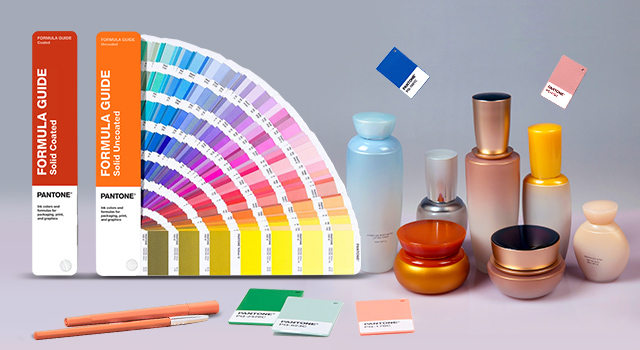BIA/Kelsey’s US Local Advertising Forecast 2018 projects that total local advertising revenue in the US will reach $151.2 billion in 2018, up from $143.8 billion in 2017 and represent a growth rate of 5.2%.
Ad Agency Challenges
Advertising is a competitive, fast-moving landscape that lives and breathes on trends, whether it’s setting new ones, or riding the wave of current ones and setting new standards. Ad agencies are scrambling to adopt results-oriented strategies and streamline their production to embrace digital trends, technologies, and software that can help them achieve their goals faster, and meet advertising and customer demands more successfully.
Deadlines are tight, time is of the essence, and the results of advertising efforts won’t be seen until the campaign is completed and published to the public.
The world of advertising in a state of metamorphosis, and ad agencies and project managers must integrate new technologies and procedures, optimize production, encourage skill development amongst creative teams, and overcome their challenges.
Solutions to Challenges of Ad Agency Production Managers
Resource Management, Vendor Management, and Communication with Remote Teams
Advertising projects require inventive management procedures, including the alignment and integration of processes across resources, vendors, and communication with team members.
Accurately forecasting resource demands is crucial for maintaining a balance across these internal and external factors, while keeping budgets on track and effectively meeting project and client requirements.
Resource management tools for estimation and planning, budget management, scheduling, resource allocation, project communications, and time tracking, are often bundled together and can be integrated across systems.
Resource Management Tools
Here are some management tools that can help:
- Float Your team members are updated on projects and schedules for effective team management of workloads.
- Saviom Great for enterprises with high numbers of employees and teams who need the capability to manage resources, vendors, and team communication.
- 10,000 ft Plans Helps provide a concise picture of entire projects, of all businesses and teams with their goals, improving business decision-making capabilities by giving a clear overall picture of all involved parties.
Case Study: Multi-national Brand Advertiser Used ScopeDeliver to Transform Processes
A top multinational brand advertiser was under pressure to streamline operations and agency resources to meet ambitious marketing goals. With hundreds of marketers under their employment, and a large marketing budget to promote numerous worldwide brands, their processes were facing challenges:
- Labor intensive nature of staffing plans and agency fees.
- Slow, error-prone budget changes.
- Numerous stakeholder involvement.
The organization used a cloud-based solution, ScopeDeliver to transform end-to-end processes, focus on deliverables and staff details, and improve their work and planning. Budget changes and updates across marketing teams, and accounting for utilized resources (FTE) were now streamlined, and information didn’t require manual compilation.
Team Development and Employee Issues
Ad agencies are responding to digital transformation challenges with personnel management plans by using modern technologies and encouraging interdepartmental collaboration and communication amongst creative teams.
As a project manager or HR professional, you need to approach employee issues with creativity:
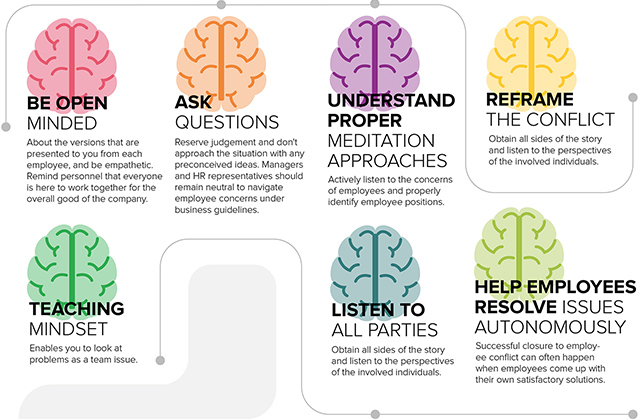
Staying Relevant to Recent Technology, Software, and Techniques
Professional Skill Development of the Team
To promote growth and professional development of your team members, project managers can rely on current technologies, software, and techniques. Agencies need to bring their skill sets to clients and consumers with equal parts strategy, technology, and creativity.
- Be an Agile Creative Team: Agencies have progressed to become a self-serve demand and supply side model, and an agile marketing approach that has a faster turnaround time to adjust to data insights is better for campaign success.
- Be a Data-Driven Team: Creative ideas should be backed by data to encourage science in the artistic process. Generating meaningful data insights helps ensure a greater level of performance optimization.
- Be a Consumer-First Agency: It’s important to deliver personalized experiences instead of relying on selling tactics. Producing real-time immersive and personalized experiences is a smarter approach for today’s advertisers.
Honing the professional growth of team members is easier with specific tools:
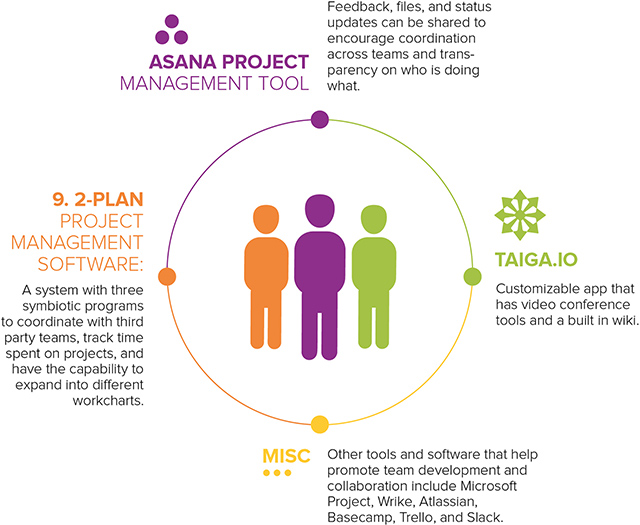
Resolving Technical and Procedural Issues by Identifying Opportunities
HR leaders consider culture and engagement their main challenge, according to a Deloitte University Press report.
According to the report, ad agencies and marketers struggle with how to structure and stabilize their internal and external teams. Brands need to avoid tunnel vision and avoid focusing too much on any single idea. Objectivity, and external team and partner involvement are critical to successful and creative Advertisement production.
Case Study: Pepsi Had to Pull Their Ad Campaign
Pepsi is an example of a brand that created a largely criticized Kendall Jenner ad that backfired with audiences and was promptly pulled. This ad was produced solely through internal channels and was too insular, and critics believe the negative results could have been avoided if they had involved external teams.
Communication with Internal and External Teams
When consulting with external and internal teams and getting everyone on the same page, project managers should:

If there’s a change of tools and procedures within the agency, then mapping out how your creative process is currently working is an ideal starting point. Next, identify who the main investors and stakeholders are, and define what tools are used to produce your best work, along with the following:
- Gather data from past and current campaigns by using heat maps, client surveys, or Google Analytics so creative teams can analyze information to identify inefficient areas and collaborate on ways to improve processes.
- Make it simple for your team to adopt a uniform approach to sharing information and using varied methodologies. You might want to create templates for frequently used procedures and tasks and automate activities that don’t require human input.
- Have a centralized team member, or even a small team, oversee an entire process: from conception to determining business needs to presenting any recommendations.
- Set up regularly scheduled meetings with the team to review any new workflow.
Authoring RFIs and RFPs for Marketing/Sales Teams
Requests for Information (RFI) and Requests for Proposals (RFPs) enables agencies to gather answers to their most pressing questions. At times, ad agency production managers visualize and create winning RFIs and RFPs. This is to help internal sales and marketing teams find compatible third-parties that can assist in producing better, faster, and targeted results.
Things to Keep in mind when creating an RFI or RPF template:

Request for Information (RFI)
- Should be casual with broad questions and a high engagement level. This option is ideal for the early stages of your buying process, or if you don’t have a finite project requirement yet.
- It’s fast, and you can use responses to create an effective RFP.
How to write successful RFIs
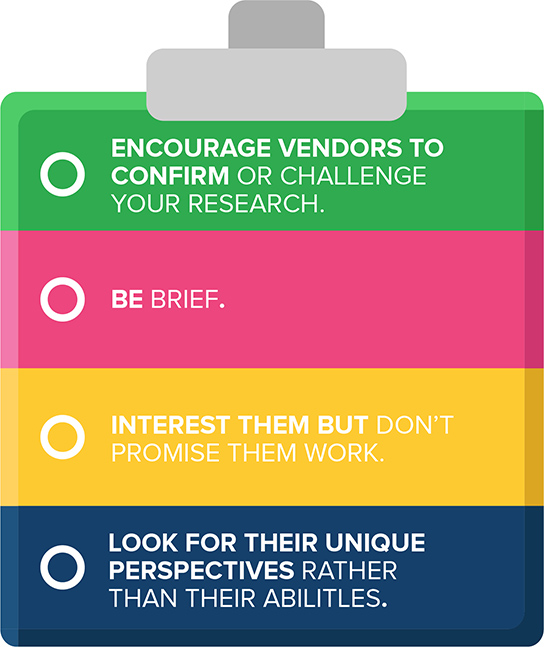
Example of RFI questions:

Request for Proposals (RFP)
- Formalized structure helps gain specific vendor information like pricing models and is essentially a fact-based comparison of vendor abilities.
- Questions should be specific.
- Share some information about your internal processes and needs, and at this stage, you should be ready to buy and move past exploratory areas and into commitment.
How to Write a Successful RFPs
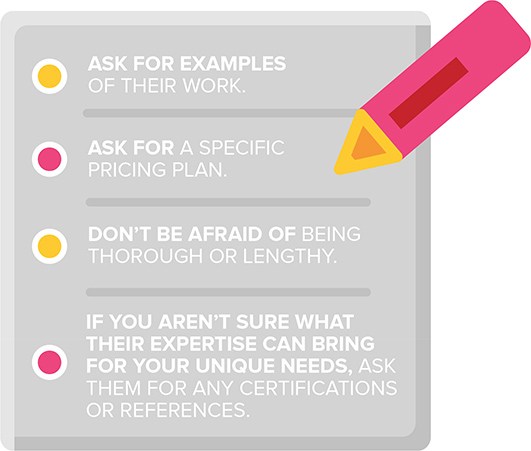
Example of RFP questions

Optimization of Production Efficiency
Operational production includes budgeting and forecasting, and a combination of research and strategy building techniques that keeps ad campaigns on target and representative of the brand.
Aligning departments can also help improve production efficiency:
- Finance and accounts: Handles salary payments, vendor expenses, benefits, travel, and daily business expenses.
- Media buying: Includes anywhere an ad can be placed for a certain fee such as TV, magazine, billboard, posters, etc.
- HR and facilities: Hiring and firing personnel, handling state and federal employment laws, managing employee vacations and sick times, and keeping office environments up to code.
- Online development: Focuses on the web and online designs including the UX, and usually consists of a staff that’s about the same size as the creative department.
- Production: After ads are sold to the clients, creative and financial teams often collaborate with production to make sure campaigns are within budget.
- Research: Organizes focus groups and testing, analyzes and interprets any data, and helps creative and financial teams focus on trends.
- IT: Is usually a substantial department, specifically in firms that have a particularly creative presence.
Marketing & Advertising Challenges and Solutions
Many ad agencies and marketers struggle to explore and improve their marketing efforts. Knowing the challenges and the possible solutions to address them can be an advantage for the production managers.
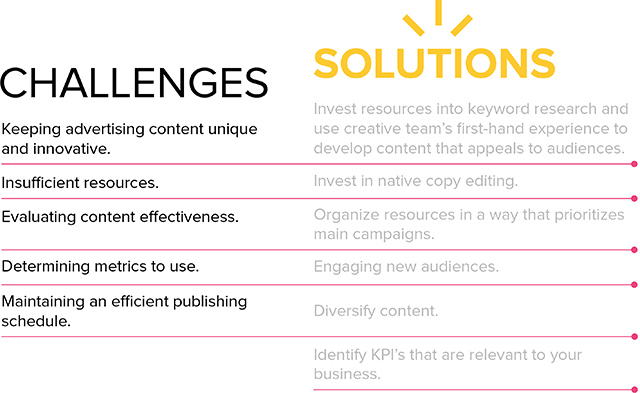
Quality Control and Assurance of Quality
Agencies must look to cooperative quality control (QC) practices when resolving the QC issues with minimum negative impact while maximizing the efficacy of their budgets.
- Efficiency: Be thorough about checking products for inconsistency. Issues occurring in production lines must be identified quickly to reduce wastes and save raw materials and labor.
- Increased Quality Consciousness: By inspecting product quality, your creative team is more motivated to be thorough with their work. The better your QC process is, the less will be programmatic and ad defects.
- Consistency: Campaigns will have reduced variables if you enforce QC. Consistency ensures that customers continue identifying with your brand over the competition and promotes your brand’s image.
Process Audit, Reporting, and Documentation
To improve work efficiency, project management tools, such as invoicing tools and dashboards that are specific to ad agency needs, are helpful.
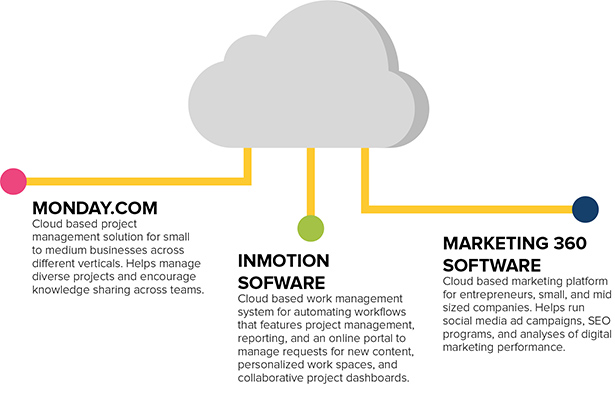
Controlling Vendor and Freelance Cost
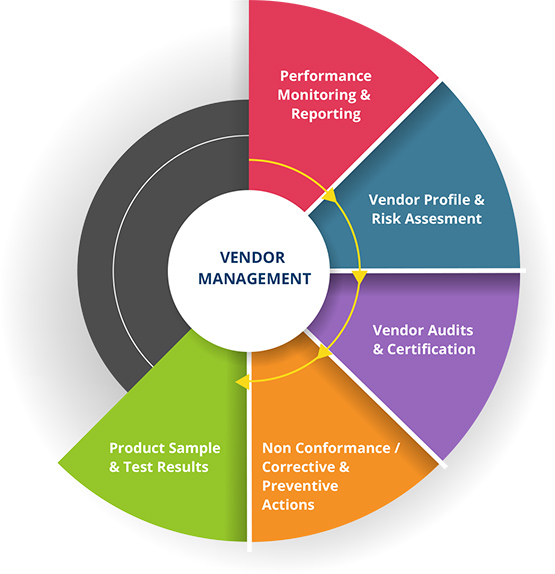 There are tools that can help optimize production efficiency and control costs with vendor communities and freelancers.
There are tools that can help optimize production efficiency and control costs with vendor communities and freelancers.
- Wrike Software: Cloud-based work management software for marketing and creative departments. External and internal requests can be managed with built-in forms, and work can be automatically assigned based on team schedules.
- Function Point Software: Cloud-based solutions for ad agencies that feature team collaboration, data visualization, analysis, project management and accounting. Helps measure quantitative metrics like ROI, or forecasts budgets and pricing.
- EcoSys Projects: a Web-based project cost management solution that combines spreadsheets with powerful enterprise database applications. Improves visibility into project expenses, increases accuracy and accountability throughout the planning cycle.
Budget Planning, Utilization, and Forecasting
Part of a successful marketing initiative is dependent on implementing an effective planning framework and a budget plan that details how you can achieve advertising goals.
Comprehensive marketing and forecasting plans should include:
- Financial Analysis: Projected sales, ROI margins.
- Target Market Analysis: Segmentation, demographics market research.
- Prior Marketing Results: Lead generation, new customer gain, sales volume, website traffic.
- Tactics: SEO, Social media, collateral, direct marketing, branding, and more.
- Background: SWOT analysis and economic drivers.
Budgeting plans should include:
- Task-Based: Directly correlates to planned marketing activity and prioritizes any anticipated marketing expenses.
- Prior Year Based: Agencies should apply a percentage increase/decrease in the previous years budget.
- Percentage of Sales: Look at industry/competitive benchmarking to find the best marketing investment fit for your agency and determine where competitors are positioned.
Operational Challenges
Despite attempts to integrate operations in response to market and advertising pressures and demands of clients, ad agencies are having difficulties evolving quickly.
Organizational structures should integrate front, back, and middle office capabilities to help drive operations and help with the following:
- End-to-end omnichannel marketing experiences.
- Securing high-level talent to address a wider scope of internal issues.
- Managing enterprise branding, communications, information and data strategy, and delivery.
- Leveraging innovative technologies, which requires investment at scale.
- Meeting interagency collaboration.
Ad agencies need next-generation operating models that drive increasing levels of transformation, integration, and structural changes, supportive of integrated marketing experience.
Personal and Professional Skill Development to Scale Up Career Growth as a Production Manager
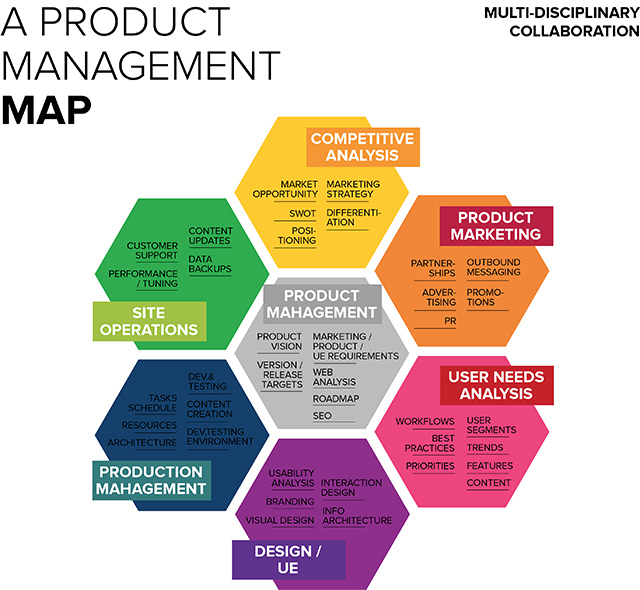
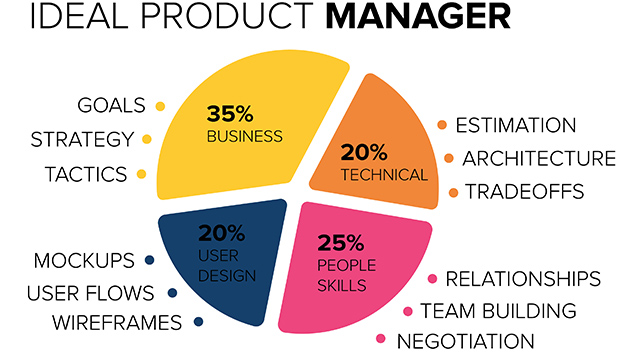
Production managers should cultivate their skill sets while being cognizant of acquiring new ones that can support career growth and expansion.
- Maintaining and consistently improving creative team productivity.
- Maintaining quality standards based on customer expectations.
- Identifying problems and developing solutions.
- Meet all compliance standards, and schedule works efficiently while meeting customer deadlines.
How to Handle Billion-Dollar Projects as an Ad Agency Production Manager
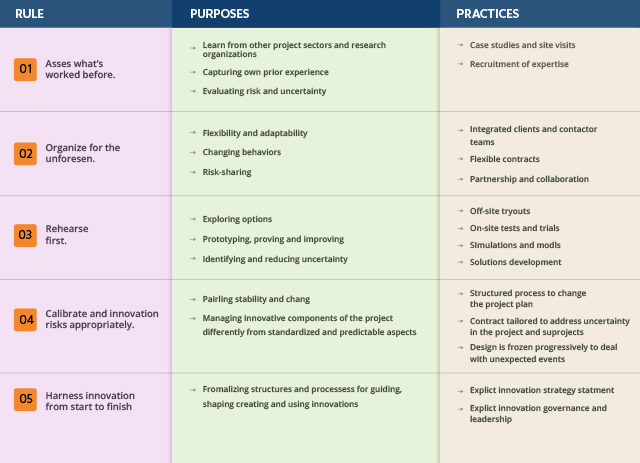
Handling billion-dollar projects requires finesse, efficiency, and a standardized approach to collaboration, governance, and guided innovation. The graphic above details an effective strategy for managing such high-risk, expensive, complex projects.
Other tactics production managers should incorporate:
- Evaluate what has worked successfully in the past via research and experience, and be flexible and adaptable when managing any contracts, firms, partnerships, or risks.
- Do test runs to identify and reduce uncertainty; may include running on and offsite trials and tests, simulations, or model development.
- Mitigate risks by preparing for any unexpected events and manage unpredictability with a fast and concise approach to resolution.
Cross-Platform Workflows on Resolving Quality Control Strategic Presentation Issues
Brand marketers are building presentation pitches around strategic planning and increasing the value that they can bring to the table by focusing on the right clients, at the right time, with the right message.
Utilize data and technology to address strategic challenges and understand how to make more informed and smarter decision making:
- Measurement: Ad agencies struggle with quantifying their campaigns across digital platforms. Placing trust in third-party measurement creates accountability even without uniform metrics.
- Transparency: Ad agencies are constantly pushing for improved cross-platform measurement within the platforms. Enabling cross-device measurement solves problems at scale and improves transparency in the digital media supply chain. For example, L’Oreal, Proctor & Gamble, and Barclays pay premium rates for ads if the agency discloses how their budget is spent.
- Technology: Automated intelligent technologies in advertising, such as voice assistants, automated content creation, and data analysis, is increasingly popular. Ad agencies and marketers can build brand loyalty by interacting with users while increasing service usage and selling products. This extends to data, which helps agencies understand how their customers are interacting with their brand across multiple channels.
Supporting the Ad Agency Production Lifecycle
Ad agencies must surmount pressures in the progression of new values, culture, and technological development that affects performance, project management, creative supply chain, and operations. To achieve a powerful and measurable business impact, ad agencies and marketers must adopt integrated processes that promote financial performance, campaign delivery and results, and engagement levels between internal and external teams and customers alike.
The result-oriented nature of ad agencies demands an analytical lifecycle to meet the larger goals of the understanding brand and consumer interests, and media exposure. Curating advertising success from content creation to data analysis and all stages of project execution depends on the teams that you partner with.
Artwork Adobe (AWA) provides the back-end support necessary to help creative design agencies climb stepping stones towards successful, fast, and effective ad campaign results that deeply resonate with audiences.
– Artwork Abode




